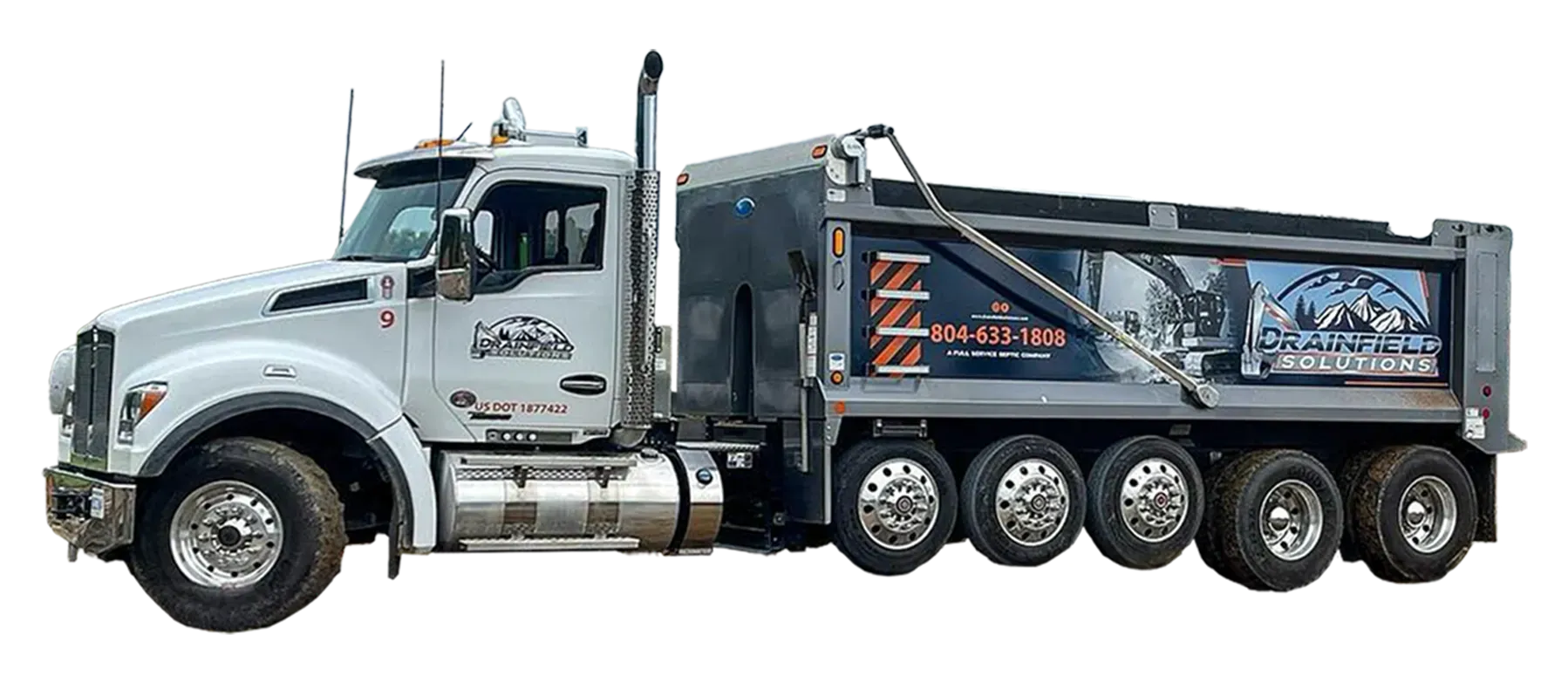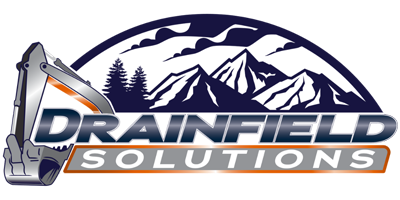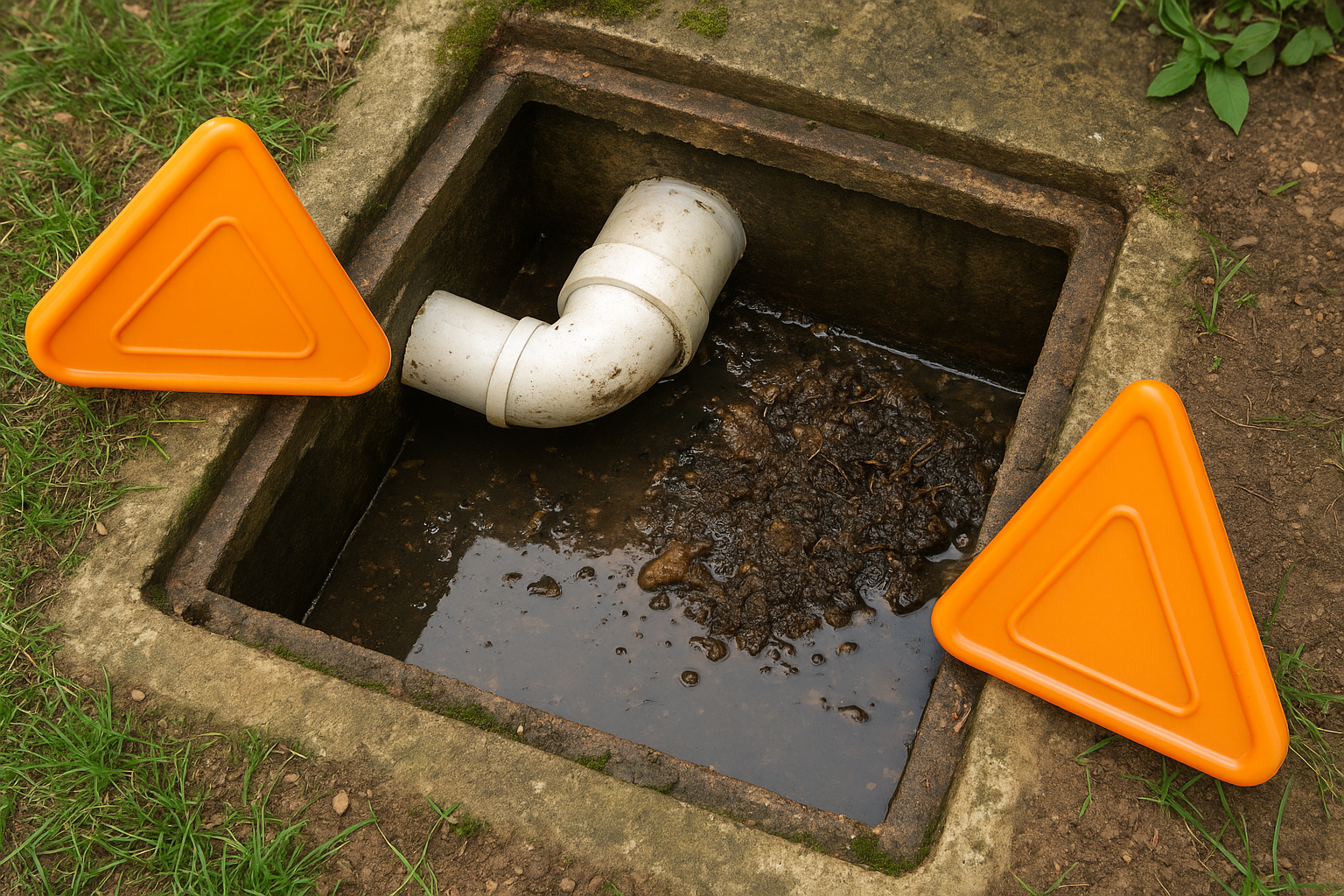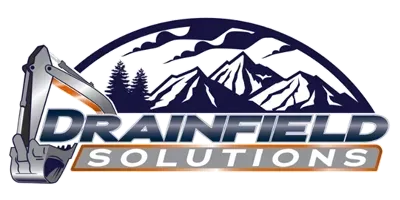
5 Factors That Can Affect How Long A Septic System Will Last
November 14, 2024
A properly functioning septic system is vital for treating wastewater, and one of the most important components of this system is the drain field. The drain field, also known as a leach field, is responsible for the final stage of wastewater treatment before the effluent is filtered through the soil and eventually reenters the groundwater. However, like any other part of your home, a drain field has a limited lifespan. Understanding the factors that influence its longevity and how to care for it can help homeowners avoid costly repairs and replacements.
How Long Does a Drain Field Last?
The average lifespan of a drain field typically ranges between 20 and 30 years, but this can vary based on several factors. Some systems may last much longer with proper maintenance, while others may fail prematurely due to neglect, poor installation, or site-specific conditions.
The longevity of a drain field is influenced by various elements, including soil type, water usage, maintenance practices, and how well the system was designed and installed. By understanding these factors, homeowners can take proactive steps to extend the life of their drain field and prevent premature failure.
Factors Affecting Drainfield Longevity
1. Soil Composition:
The type of soil in which the drain field is installed plays a significant role in how long the system will last. Loamy or sandy soils are generally ideal for drain fields because they allow wastewater to percolate through the ground at a moderate rate, ensuring that the effluent is properly filtered and treated. These soils have good drainage and offer the right balance between water retention and percolation, allowing the system to function effectively over a longer period.
On the other hand, clay-heavy soils are less permeable and drain water slowly. This can lead to soil compaction and oversaturation, which reduces the drain field’s ability to absorb wastewater, increasing the risk of failure. If the soil is not conducive to proper drainage, the lifespan of the drain field may be significantly shortened. In some cases, alternative systems, such as mound systems or aerobic treatment units (ATUs), may be required for properties with poor soil conditions.
2. Water Usage:
Excessive water usage can shorten the lifespan of a drainfield by overwhelming the system with too much wastewater. When a household uses large amounts of water, the septic tank and drainfield are forced to handle higher volumes of effluent. This can lead to oversaturation of the soil and cause the system to fail prematurely.
Water conservation plays a crucial role in maintaining the health of your drainfield. Homeowners can reduce water usage by installing water-efficient appliances and fixtures, repairing leaks promptly, and spacing out water-heavy activities like laundry and dishwashing. By minimizing the amount of water entering the septic system, homeowners can prevent overloading the drainfield and extend its lifespan.
3. Regular Maintenance:
Routine maintenance is one of the most important factors in prolonging the life of a drain field. Neglecting regular maintenance tasks, such as septic tank pumping and inspections, can lead to clogs and backups, which can damage the drain field and reduce its effectiveness.
Pumping the septic tank every 3-5 years (depending on the size of the tank and the number of people in the household) prevents solids from accumulating and flowing into the drain field, where they can clog the pipes and soil. Regular inspections allow professionals to identify early signs of drain field problems, such as slow drainage, surface pooling, or soil compaction, so they can be addressed before they become more serious.
4. System Design and Installation:
The initial design and installation of the drain field can have a significant impact on its lifespan. Properly designed drain fields account for factors such as soil type, property size, and water usage to ensure that the system can handle the household’s wastewater needs without becoming overwhelmed.
Poor installation practices, such as placing the drain field in an area with inadequate soil drainage or failing to install proper distribution systems, can lead to early system failure. Working with experienced professionals during the design and installation process can help ensure that the drain field is built to last.
5. Environmental Factors:
Environmental conditions, such as heavy rainfall, drought, and freezing temperatures, can affect the performance and lifespan of a drain field. For example, excessive rainfall can saturate the soil, reducing its ability to absorb wastewater and increasing the likelihood of system failure. Conversely, drought conditions can cause the soil to become compacted, making it harder for effluent to percolate through the ground.
Homeowners should be mindful of environmental conditions and take steps to protect their drain field, such as improving site drainage, avoiding water-heavy activities during heavy rainfall, and insulating the drain field during cold weather to prevent freezing.
Signs That Your Drain Field Is Nearing the End of Its Lifespan
It’s important to recognize the early signs that a drainfield may be failing, as addressing problems early can prevent complete system failure and the need for expensive repairs or replacement. Some common signs that a drainfield may be nearing the end of its lifespan include:
1. Slow Drains:
If sinks, showers, and toilets in your home are draining more slowly than usual, it could be a sign that your drain field is struggling to absorb wastewater. Slow drainage often occurs when the drain field is oversaturated or when the soil becomes clogged with solids.
2. Foul Odors:
Unpleasant odors around the septic tank or drain field can indicate that wastewater is not being properly treated and is rising to the surface. This may be due to soil saturation or a failing drain field that can no longer absorb effluent efficiently.
3. Pooling Water:
If you notice standing water or wet spots in your yard, especially around the drain field, it’s a clear sign that the system is not working properly. Pooling water indicates that the soil is no longer able to absorb wastewater, leading to surface flooding.
4. Excessively Green Grass:
While a healthy lawn is desirable, patches of unusually lush, green grass over the drain field can signal that wastewater is surfacing and acting as fertilizer. This is often a sign that the system is failing and effluent is not being properly filtered by the soil.
5. Frequent Backups:
If you’re experiencing frequent sewage backups in your home, it’s likely that the drain field is no longer functioning correctly. This could be due to a blockage in the system or soil saturation that prevents effluent from flowing through the drain field.
Drain Field Repair or Drain Field Replacement?
In some cases, a failing drain field can be repaired, but this depends on the severity of the problem. Minor issues, such as clogged pipes or soil compaction, can sometimes be addressed through techniques like hydro-jetting (which clears out the pipes) or bio-remediation (which uses beneficial bacteria to break down organic matter in the soil).
However, if the drain field has reached the end of its lifespan or has suffered extensive damage, it may need to be replaced. This involves installing a new drain field in a different location on the property or upgrading to an alternative septic system, such as a mound system or aerobic treatment unit.
Extending the Life of Your Drain Field
To maximize the lifespan of your drain field and avoid premature failure, follow these key maintenance tips:
1. Pump Your Septic Tank Regularly:
Have your septic tank pumped every 3-5 years to prevent solids from entering the drain field.
2. Conserve Water:
Minimize water usage by using water-efficient appliances and spreading out high-water activities.
3. Avoid Driving Over the Drain Field:
Keep vehicles, heavy machinery, and other equipment off the drain field to prevent soil compaction.
4. Watch What You Flush:
Only flush septic-safe products and avoid pouring chemicals, grease, or non-biodegradable materials down the drain.
5. Monitor for Signs of Trouble:
Keep an eye out for early warning signs of drainfield failure, such as slow drains, pooling water, or foul odors.
Conclusion
The lifespan of a drain field can vary based on a variety of factors, but with proper care and maintenance, most systems can last 20-30 years or longer. By understanding the factors that influence drain field longevity and taking steps to maintain the system, homeowners can protect their septic system from premature failure and avoid costly repairs or replacements.
At Drainfield Solutions, we know the critical role a well-maintained septic system plays in your Central Virginia's home and the environment's health. Our dedicated team of professionals is here to ensure your system receives the expert care it needs to operate efficiently and comply with all Virginia state regulations. Whether it's routine septic pumping, detailed septic inspections, or septic tank maintenance we are committed to helping you avoid expensive repairs and prolong the life of your septic system.
Regular maintenance can prevent future problems and keep your home safe, clean, and running smoothly. If live in Essex County, Richmond County, King & Queen County, King William County, or Culpepper County and you're ready to schedule your septic system service or have questions about your system, visit our
contact page
to
schedule an appointment
with us today or by calling
804-633-1808. We're here to help homeowners throughout Central Virginia maintain reliable and effective septic systems.
Share Post
Latest Posts
Ready to Take the Next Step?
Whether you're in need of a system inspection or regular maintenance, Drainfield Solutions is here to help. Get in touch today for reliable service you can trust.






